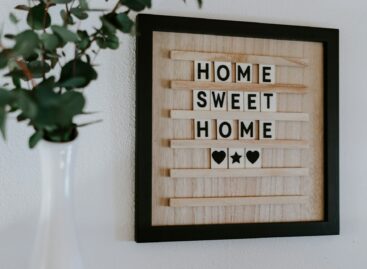What’s selling in the US nowadays?
After stocking up on essentials, consumers have begun buying things to make home life more livable.
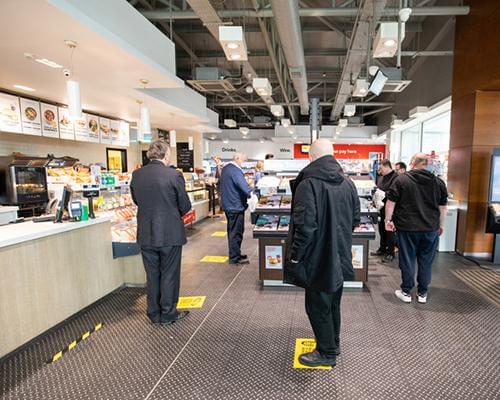
Consumers who were used to purchasing for severe weather events such as snowstorms and hurricanes worried that supply chains would shut down, so they stockpiled essential goods for app 4 weeks. However, as the quarantine dragged on, it appeared that supply chains were not as impacted as had been previously anticipated, so home stocks were reduced for app 2 weeks. That’s when shopping habits began to shift from hoarding essentials to buying things to make home life better.
Alcohol, firearms, sporting goods
Of course, what consumers consider essential is subjective. Alcohol and firearms sales were up as of early April. Coors Light is giving away 500 000 cold beers in it’s #CouldUseABeer campaign. The campaign includes a Twitter element that lets people virtually send a round of brews to a friend, as well as encouraging home chefs to bake Coors Light-infused recipes.
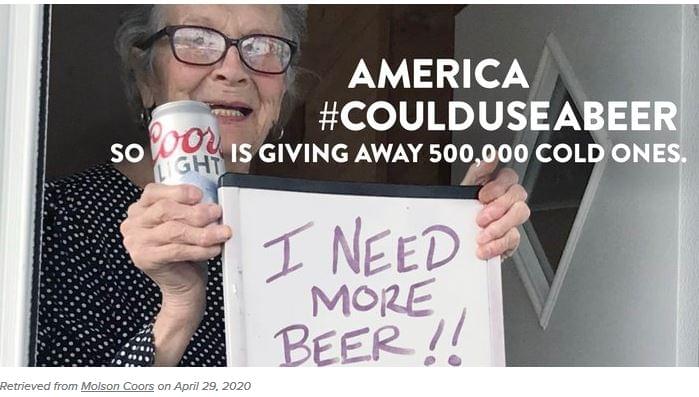
“Jól jönne egy sör” kampány a Coors Light szervezésében
By April 2020, travel was down 95% year-on-year (YoY), and luxury sales had also declined sharply. by April 10 they had fallen 71% lower than January/February levels. The apparel sector also went down 76% YoY, both online and in store, and accessories were 84% down. Exeptions are masks, scarves and bandanas, anything having to do with face protection are selling well. Sleepwear is the one category in apparel that’s been affected the least. It’s only 30% down YoY.
Eating as entertainment
The lockdown meant that between 35% and 40% of consumers began eating home-cooked meals for the first time, according to a new research. For these new home cooks, cooking became about entertainment as much as sustenance. Nonessential kitchenware, such as sandwich makers and bread makers, sold particularly well. Other items in that category included rice cookers, vacuum sealers to contain leftovers, and soda makers sold well too.
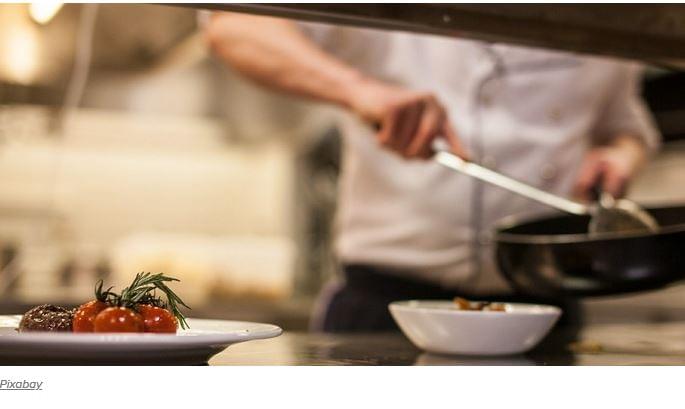
Egyre kedveltebb az otthon főzés az USA-ban is
As spring eased toward summer, cooking at home also began to include gardening. Growing herbs played well with the home cooking trend, too. Similar trends from 2008 to 2010, during the recession were registered. increase in vitamins and supplements for immune support, and also CBD for anxiety. But people also want comfort food like Oreos and Cheetos.
Comforting pets
Many quarantined and locked down consumers were also looking to bring new furry friends home. People who didn’t previously have pets are fostering and adopting. This caused a general 35% increase in the first quarter, with a mixture of existing customers panic buying in the beginning, and a new customer base with a new pet. Historically in a recession, people cut back on themselves before they cut back on their pets.
Beauty and toys
The beauty category was effected by the salon closures and the increase of online meetings and social gatherings. According to a CNN report that included Nielsen data, hair clipper sales were up 166%, and hair dye sales were up 23%.
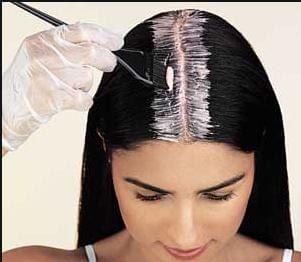
A fodrászok és kozmetikusok bezártak, így fellendült az otthoni szépítkezés
Traditional entertainment options also rose. You can only watch so much screens. Non-digital books sales, especially in the religion, cooking, and DIY categories, were on the rise, prompting some stores to rehire previously laid-off staff to process the influx of online orders. Puzzles became even more popular, and board games — especially old-school versions — also started trending. People are turning back to traditional games, and even wood puzzles. It may falling into the category of educating because kids are at home.
Hobbies, including crafting, exercise, and even bird watching, also got a boost. Bird feeders, bird food, and bird treats were up 91% as of early April.
Outdoor season is coming
As the weather warms, there may be an increased focus on yard-based buying. In-home activities will turn to outdoor games and playground sets for the people who can afford it. In thinking about consumer value, prior to COVID-19, you were seeing mission-driven and sustainable shopping. Now it’s about taking comfort and addressing boredom, gaining experience.
Ildikó Kátai
Related news
Trillion-dollar moves in the home loan market – what was the highest loan amount in 2025?
🎧 Hallgasd a cikket: Lejátszás Szünet Folytatás Leállítás Nyelv: Auto…
Read more >K&H: more and more middle-aged people live in their own apartments
🎧 Hallgasd a cikket: Lejátszás Szünet Folytatás Leállítás Nyelv: Auto…
Read more >A digital milestone in the life of Ahold Delhaize USA
🎧 Hallgasd a cikket: Lejátszás Szünet Folytatás Leállítás Nyelv: Auto…
Read more >Related news
2026 begins in agriculture amid crises and a wave of investment – banking focuses on the dairy and pig markets, as well as CAP investments
🎧 Hallgasd a cikket: Lejátszás Szünet Folytatás Leállítás Nyelv: Auto…
Read more >Sovereignty Protection Office: According to the public, there is no place for foreign majority ownership in strategic sectors
🎧 Hallgasd a cikket: Lejátszás Szünet Folytatás Leállítás Nyelv: Auto…
Read more >Poor fruit harvest weighs on the pálinka sector
🎧 Hallgasd a cikket: Lejátszás Szünet Folytatás Leállítás Nyelv: Auto…
Read more >

